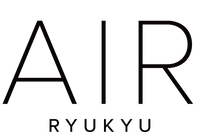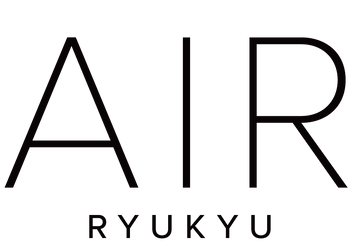Exhibition location: Bellow Building
Title: Untitled (Noren)
2024 | Cotton, Techi tree, Fukugi
A noren curtain dyed using the traditional Amami Oshima craft of "plant dyeing." (The building is a detached building “Hanare” with a sauna.)
Many kinds of plants are used in plant dyeing, such as Ryukyu indigo, Fukugi, Rhaphiolepis umbellata, Hazenoki, sugarcane leaves, cycads, hibiscus, shell ginger, Mokumaw, Japanese loquat, Chinese chinquapin, gardenia, kudzu, mugwort, and taro.
Plant dyeing was not only used as a dyeing method for Oshima Tsumugi, but was also thought to be a way of incorporating the various "benefits" of the island's native plants into daily life. For example, Ryukyu indigo dyes the fabric an indigo color reminiscent of the deep sea of the island and has antibacterial and insect repellent properties. The "techi tree (Sharimbai)" used to dye the threads of Oshima Tsumugi helps to reduce skin heat and inflammation. Sanen (Shell Ginger) turns brown when dyed and has strong antibacterial properties.
Plant dyeing embodies the unique wisdom of the island, which has lived close to nature.
Dye artist: Takahito Kanmura (Kanmura Dyeing)
Originating from the Naon of Yamato Village, Amami Oshima. He trained as a mud dyeing craftsman of authentic Amami Oshima Tsumugi in northern Amami and established the Kanmura Dyeing Studio. He uses dyes made from plants collected in Yamato Village, where he was born and raised.








